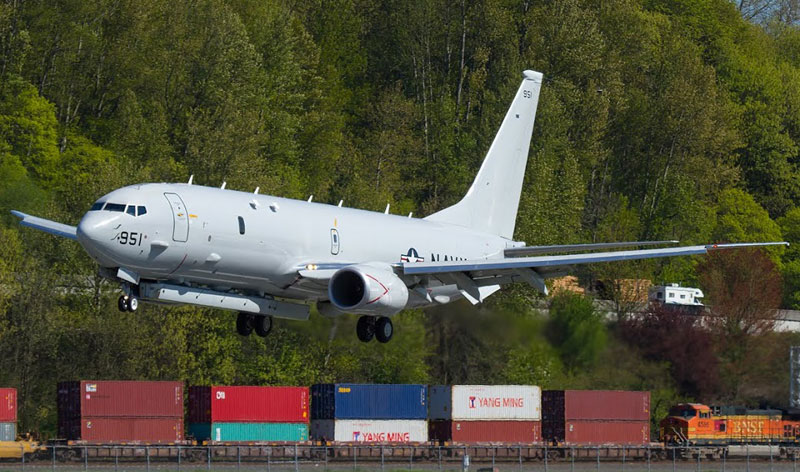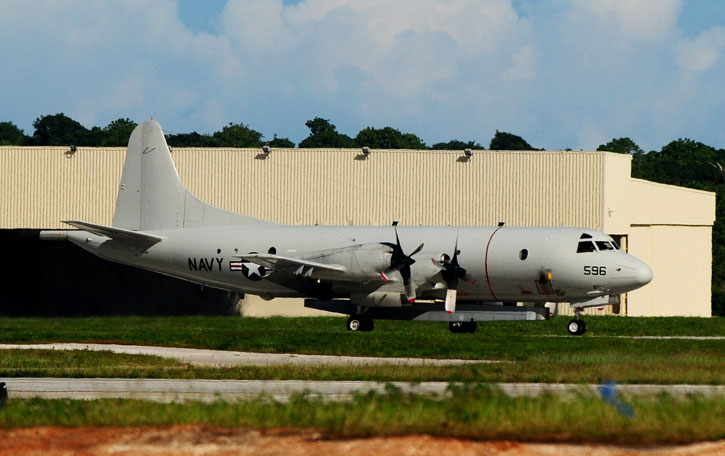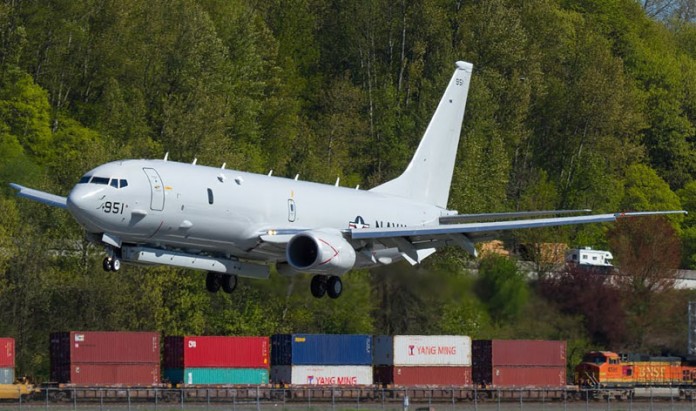
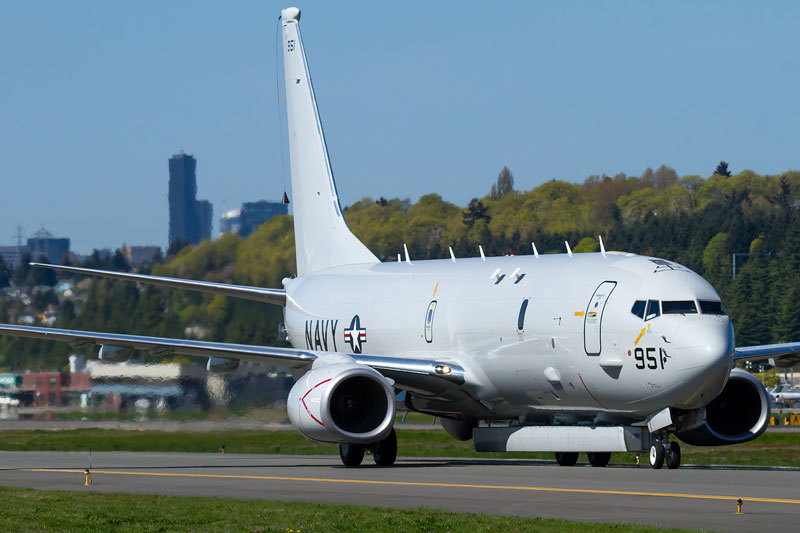
Boeing and the US Navy began testing an Advanced Airborne Sensor (AAS) radar system for the P-8A Poseidon maritime surveillance and anti-submarine warfare (ASW) aircraft. A series of photos, taken by Russell Hill revealed earlier this week.
The radar, developed by the Raytheon company, is a follow-on to the Littoral Surveillance Radar System (LRRS, APS-149 also built by Raytheon) currently operated with the P-3C Orion. The new radar is expected to be ready for deployment in 2016, as part of the P-8A Increment 2 upgrade. The P-3Cs currently flying the LRSR are operated by VP-46 out of NAS Whidbey Island in the Washington state. “We will be ready with intelligent technology when the Poseidon takes its place as the Navy’s ISR capability in the fleet,” Capt. Scott Anderson, LSRS and AAS program manager said in 2009.
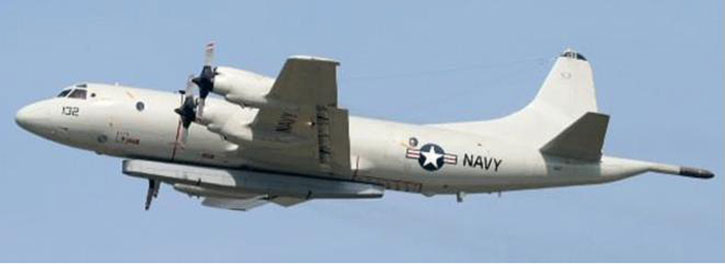
The new radar fulfils several key missions for the maritime and littoral battlespace, providing wide area surveillance of land and sea areas, automatically detecting moving targets, spotting and alerting about human activities in designated areas. It can also deliver high resolution imagery of surface areas from long range, in day, night and under adverse weather conditions that would often prohibit the use of electro-optical imaging assets. The new radar can also provide high resolution “weapon grade” target location, enabling the rapid sensor-to-shooter engagement loops supporting guided, ‘networked’ weapons such as the Tomahawk, SLAM-ER, JASSM, SDB-2 and the future LRASM.
The AAS uses a double-sided Active, Electronically Scanned Array (AESA) technology to deliver both Synthetic Aperture Radar (SAR), an Inverse SAR mode, capable of automatically ‘profiling’ vessels from long distance. It also provides Moving Target Indication (MTI) functions, automatically detecting, classifying and tracking moving objects over a wide area. Unlike the APY-7 side-looking radar carried by the Air Forces’ E-8 Joint Surveillance Target Attack Radar System (Joint STARS), the LRSR and AAS are looking to port and starboard, covering almost a full hemisphere. Furthermore, SAR and GMTI modes are interleaved, offering better flexibility and utilisation of airborne sensors. In 2010 the US Air Force assessed several alternatives for the E-8 but determined it cannot afford fielding a new ISR platform under the current fiscal constraints. Considering the obsolete platform carrying the E-8 and given the superior capabilities demonstrated by LRSR and even betted features expected form the AAS, the Navy could fulfil part of the ISR missions currently reserved for the Joint STARS.
